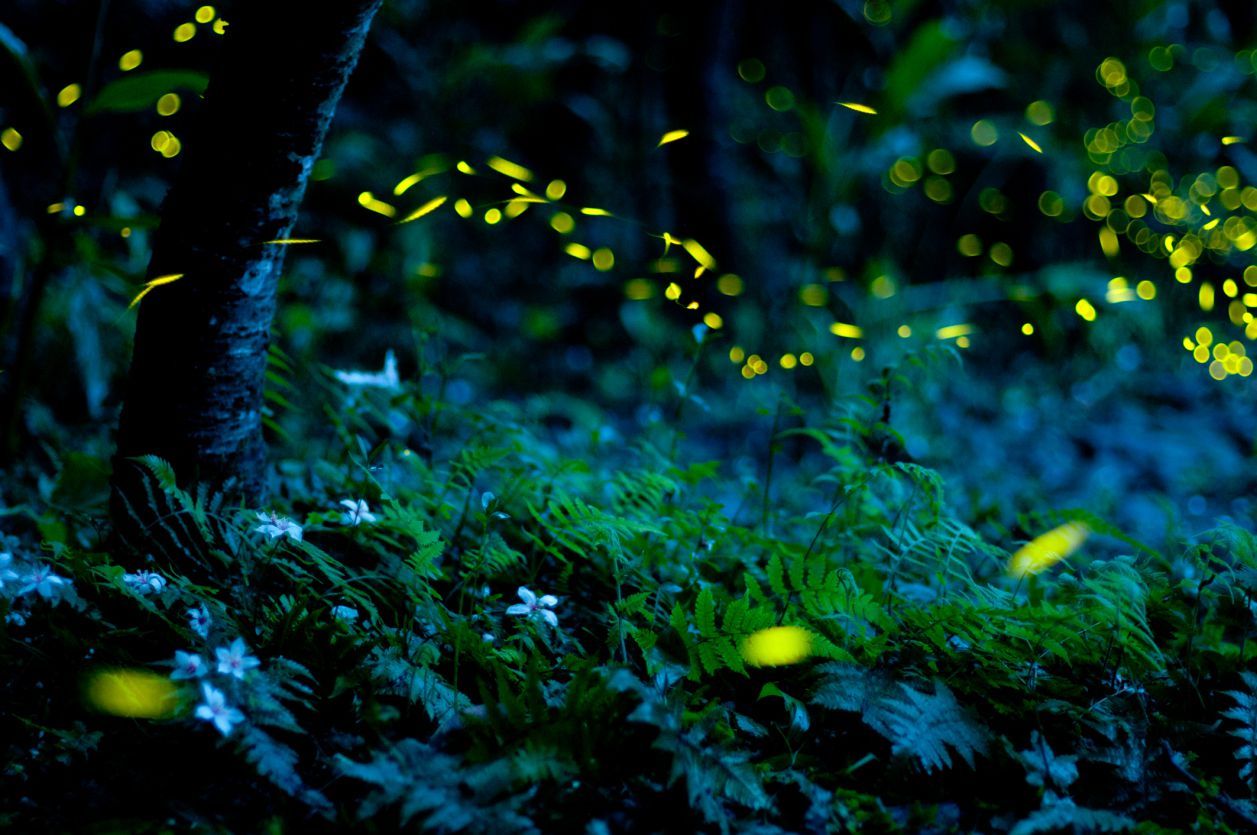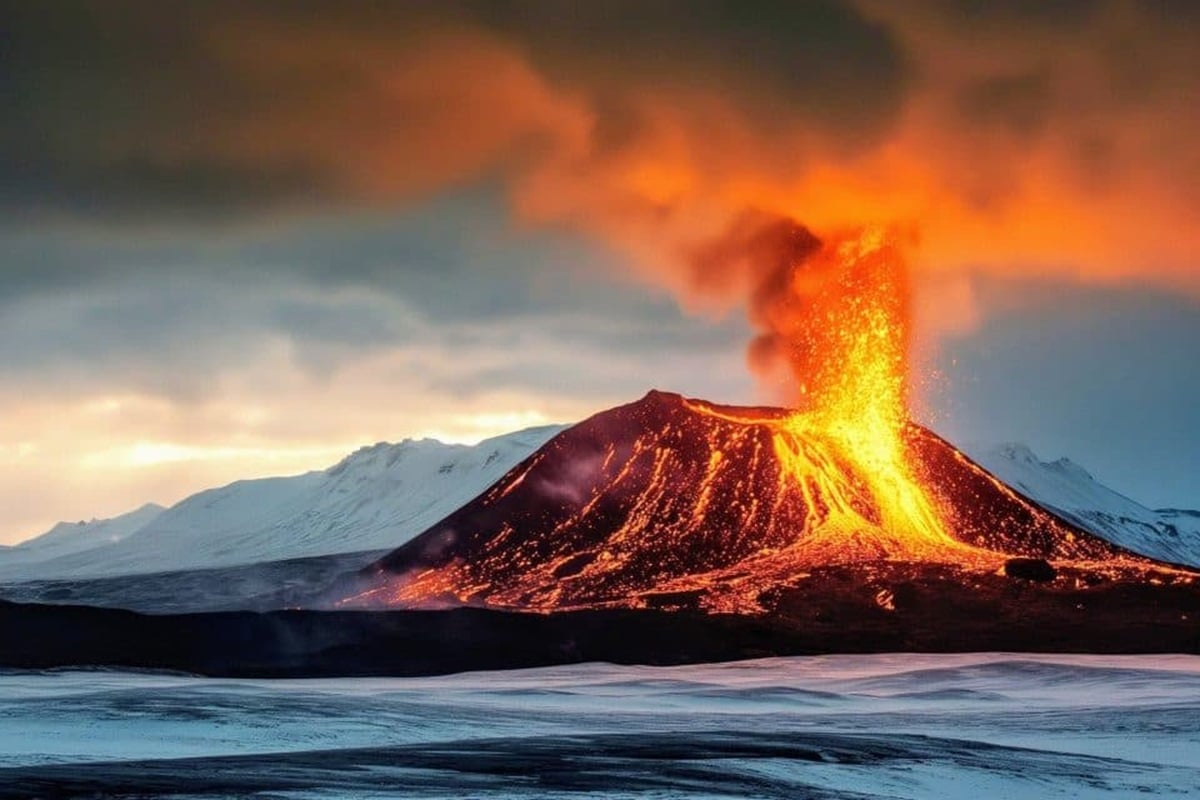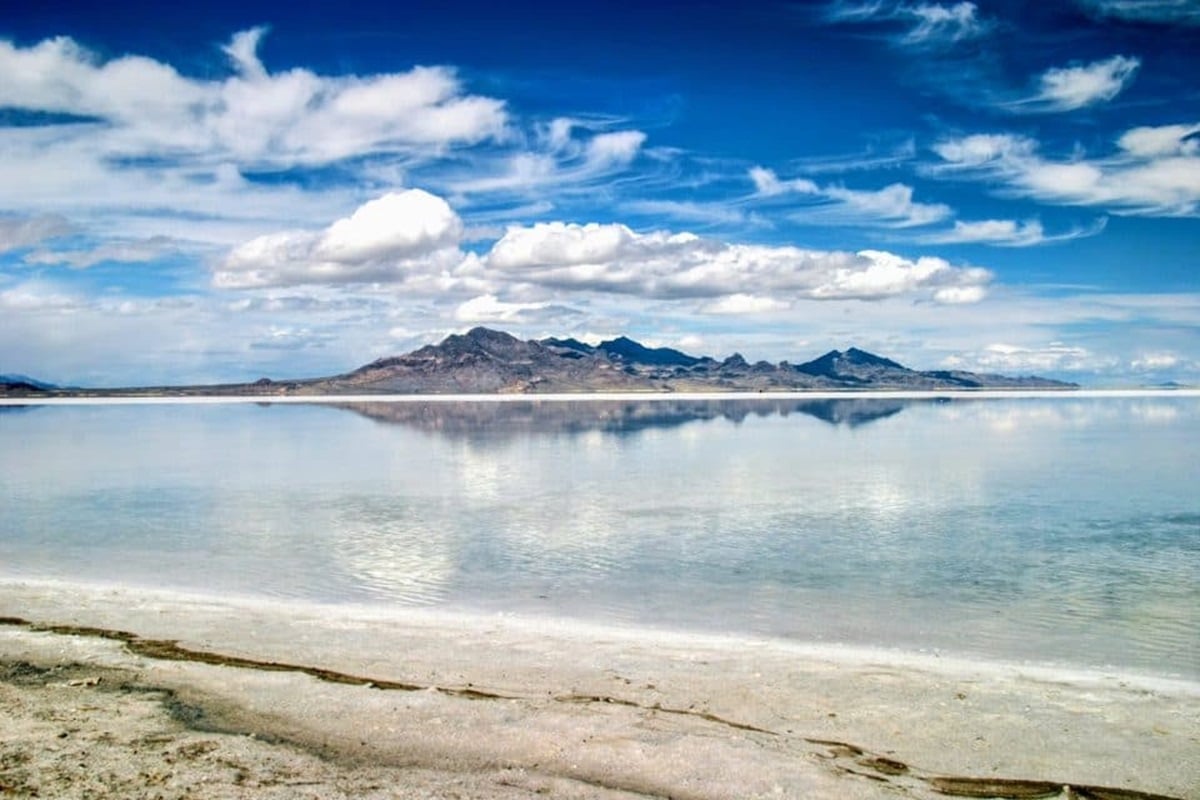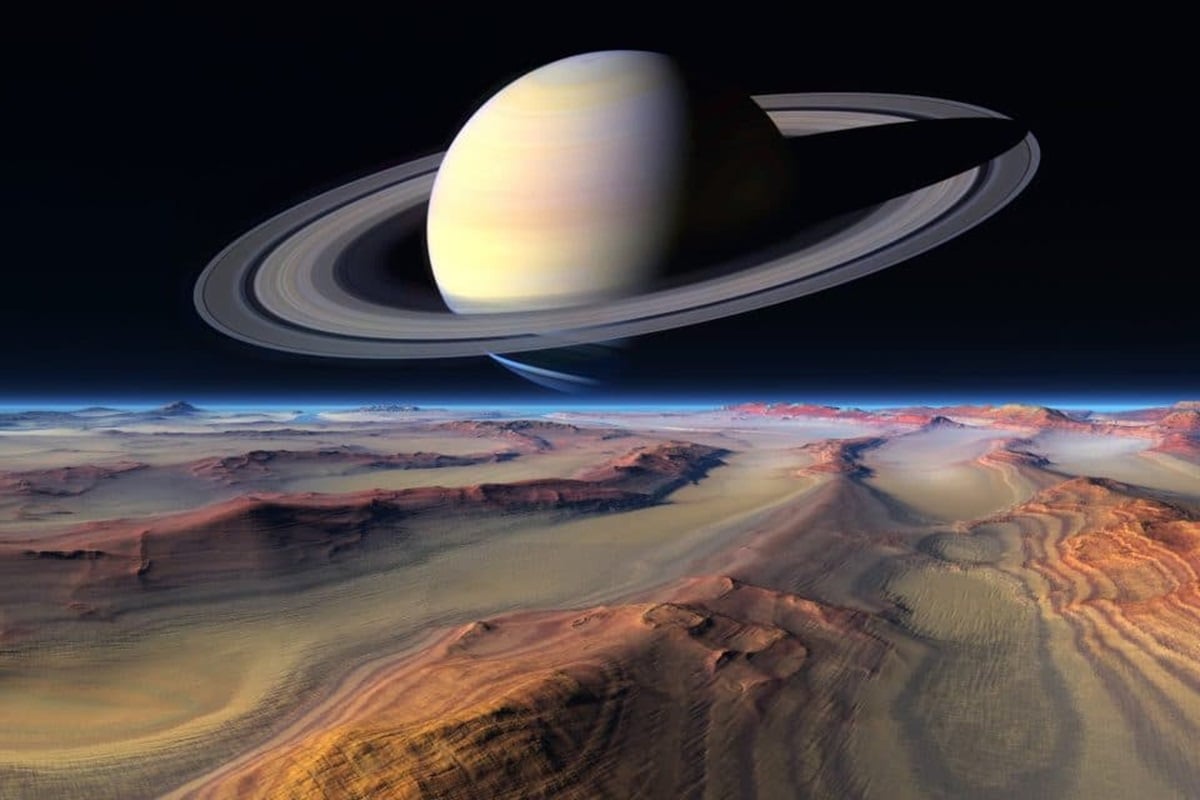Fireflies, which illuminate our night skies with their mesmerizing glow, are a unique aspect of nature. However, their numbers have significantly decreased in recent years. Here are some key reasons why fireflies are becoming less common.

Light Pollution
Light pollution is a major issue for fireflies. Fireflies use their bioluminescence to attract mates and communicate. Artificial light interferes with this process, making it difficult for them to find partners and reproduce effectively.
Habitat Destruction
The natural habitats of fireflies are being destroyed due to deforestation, agricultural expansion, and urbanization. Fireflies need specific natural environments such as moist forests, wetlands, and riverbanks to thrive. The destruction of these habitats leads to a decline in their population.
Pesticides and Chemical Pollution
The use of pesticides and other chemicals in agriculture harms fireflies. These chemicals seep into the soil and water, affecting fireflies at various stages of their life cycle, particularly during the larval stage, preventing them from developing into adults.
Climate Change
Climate change alters the natural environment of fireflies. Changes in temperature, rainfall patterns, and other climatic conditions disrupt their breeding and lifecycle, leading to a decline in their numbers and affecting biodiversity.
Lack of Biodiversity
Fireflies depend on various insects and small animals for their lifecycle. The decline in biodiversity means a reduction in the food supply for fireflies, decreasing their survival rates.
Several factors contribute to the decline in firefly populations, including light pollution, habitat destruction, pesticide use, climate change, and lack of biodiversity. To address these issues, we need to raise awareness and take necessary steps to protect these remarkable creatures. Collective efforts are essential to preserve this enchanting part of nature.








